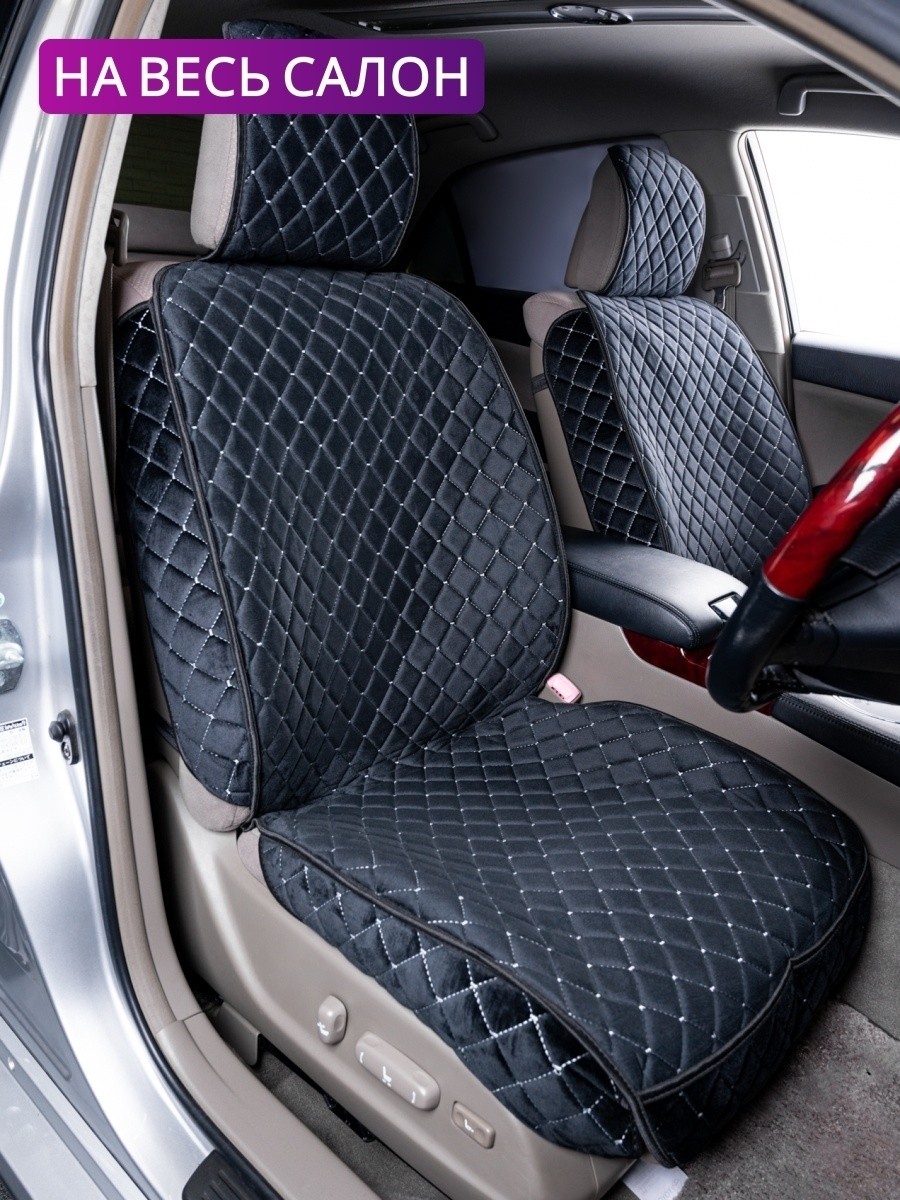
How does the fuel system work in a modern car?
Content
Automobiles have evolved staggeringly over the last decade, and the biggest problem that manufacturers have solved with these advances has to do with the amount of fuel an engine uses. Consequently, the fuel systems of modern vehicles can be quite complex. Fortunately, the most difficult ways to save fuel in cars involve programming the ECU. Physically, under the hoods of modern cars, you can find only a few schemes of the fuel system.
starts with a pump
The car's gas tank is responsible for retaining the vast majority of the gas in the fuel system. This tank can be filled from the outside through a small opening which is sealed with a gas cap when not in use. The gas then goes through several stages before reaching the engine:
First, the gas enters fuel pump. The fuel pump is what physically pumps the fuel out of the gas tank. Some vehicles have multiple fuel pumps (or even multiple gas tanks), but the system still works. The advantage of having multiple pumps is that fuel cannot slosh from one end of the tank to the other when turning or driving down a slope and leave the fuel pumps dry. At least one pump will be supplied with fuel at any given time.
The pump delivers gasoline to fuel lines. Most vehicles have hard metal fuel lines that direct fuel from the tank to the engine. They run along parts of the car where they won't be too exposed to the elements and won't get too hot from exhaust or other components.
Before it enters the engine, the gas must pass through fuel filter. The fuel filter removes any impurities or debris from the gasoline before it enters the engine. This is a very important step and a clean fuel filter is the key to a long and clean engine.
Finally, the gas reaches the engine. But how does it get into the combustion chamber?
The wonders of fuel injection
For most of the 20th century, carburetors took gasoline and mixed it with the appropriate amount of air to ignite in the combustion chamber. The carburetor relies on the suction pressure generated by the engine itself to draw in air. This air carries fuel with it, which is also present in the carburetor. This relatively simple design works quite well, but suffers when the engine's requirements vary at different RPMs. Because the throttle determines how much air/fuel mixture the carburetor allows into the engine, fuel is introduced in a linear fashion, with more throttle equaling more fuel. For example, if an engine needs 30% more fuel at 5,000 rpm than at 4,000 rpm, it will be difficult for the carburetor to keep it running smoothly.
Fuel injection systems
To solve this problem, fuel injection was created. Instead of allowing the engine to draw in gas on its own pressure alone, electronic fuel injection uses a fuel pressure regulator to maintain a constant pressure vacuum supplying fuel to the fuel injectors, which spray gas mist into the combustion chambers. There are single point fuel injection systems that inject gasoline into the throttle body mixed with air. This air-fuel mixture then flows to all combustion chambers as needed. Direct fuel injection systems (also called port fuel injection) have injectors that deliver fuel directly to individual combustion chambers and have at least one injector per cylinder.
Mechanical fuel injection
As with wristwatches, fuel injection can be electronic or mechanical. Mechanical fuel injection is currently not very popular as it requires more maintenance and takes longer to tune to a specific application. Mechanical fuel injection works by mechanically measuring the amount of air entering the engine and the amount of fuel entering the injectors. This makes calibration difficult.
Electronic fuel injection
Electronic fuel injection can be programmed to work best for a particular use, such as towing or drag racing, and this electronic adjustment takes less time than mechanical fuel injection and does not require retuning like a carbureted system.
Ultimately, the fuel system of modern cars is controlled by the ECU, like many others. However, this is not bad, since engine problems and other problems can in some cases be solved with a software update. In addition, electronic control allows mechanics to easily and consistently obtain data from the engine. Electronic fuel injection provides consumers with better fuel consumption and more consistent performance.
